As a live project in collaboration with the Department of Conservation and local iwi , we were tasked with building a 'focal point' on Urupukapuka Island in the Bay of Islands that shared the story of 'Project Island Song' - A local guardianship that seeks to restore local wildlife and fauna to the islands. Though dominantly dealing with birds, I took interest in Project Island Songs' restoration of wētāpunga to the island - An ancient invertebrate that plays a crucial role in the Urupukapuka ecosystem, bringing nutrients from th foret canopy to the soil. This canopy-soil relationship became the sole driver for my pavilion, which aimed to architecturalise the wētā experience in a space where humans and wētā can coexist.
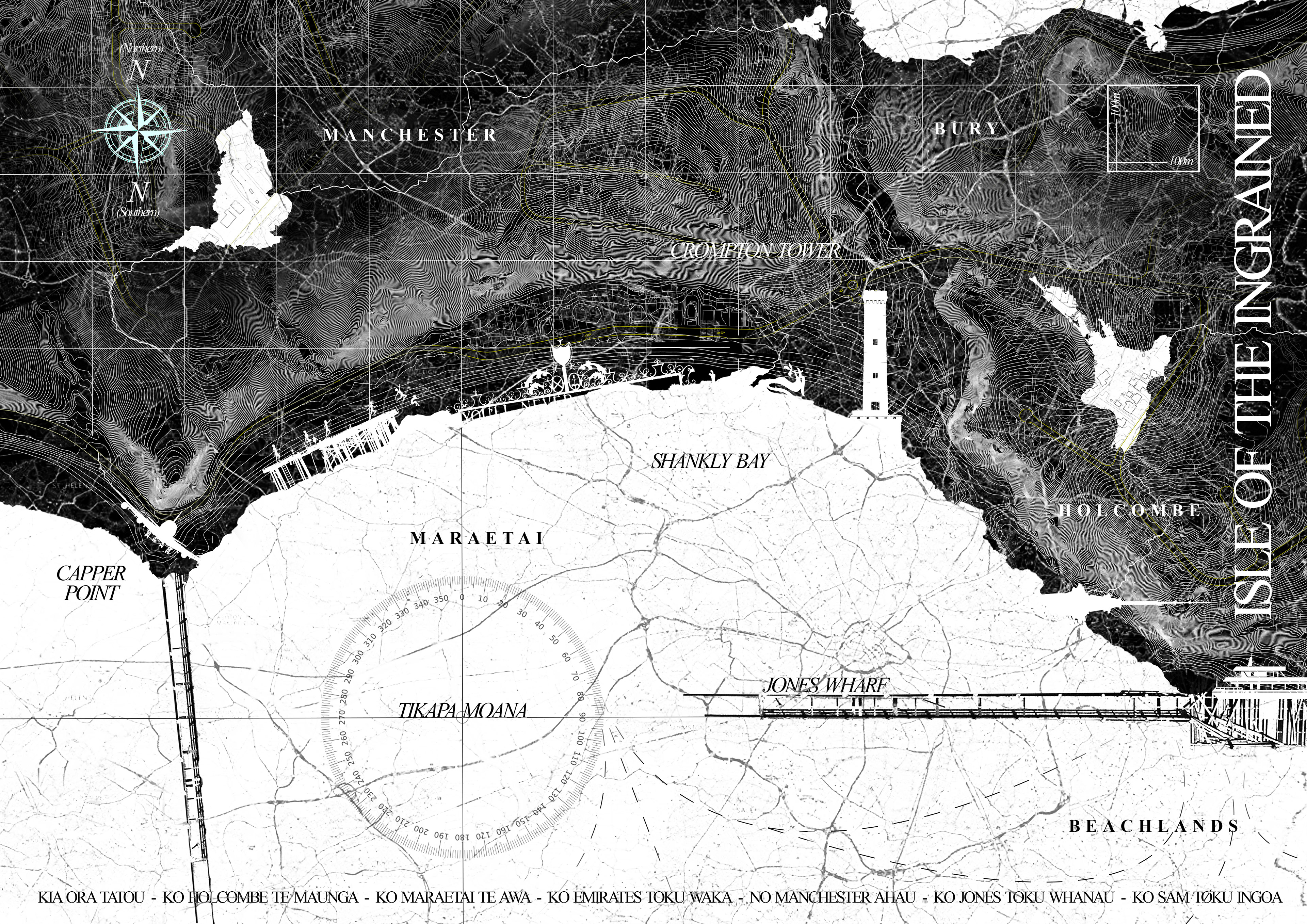
Early Conceptual Mapping, overlaying geographically distinct landscapes and landmarks to form a unified conceptual space.
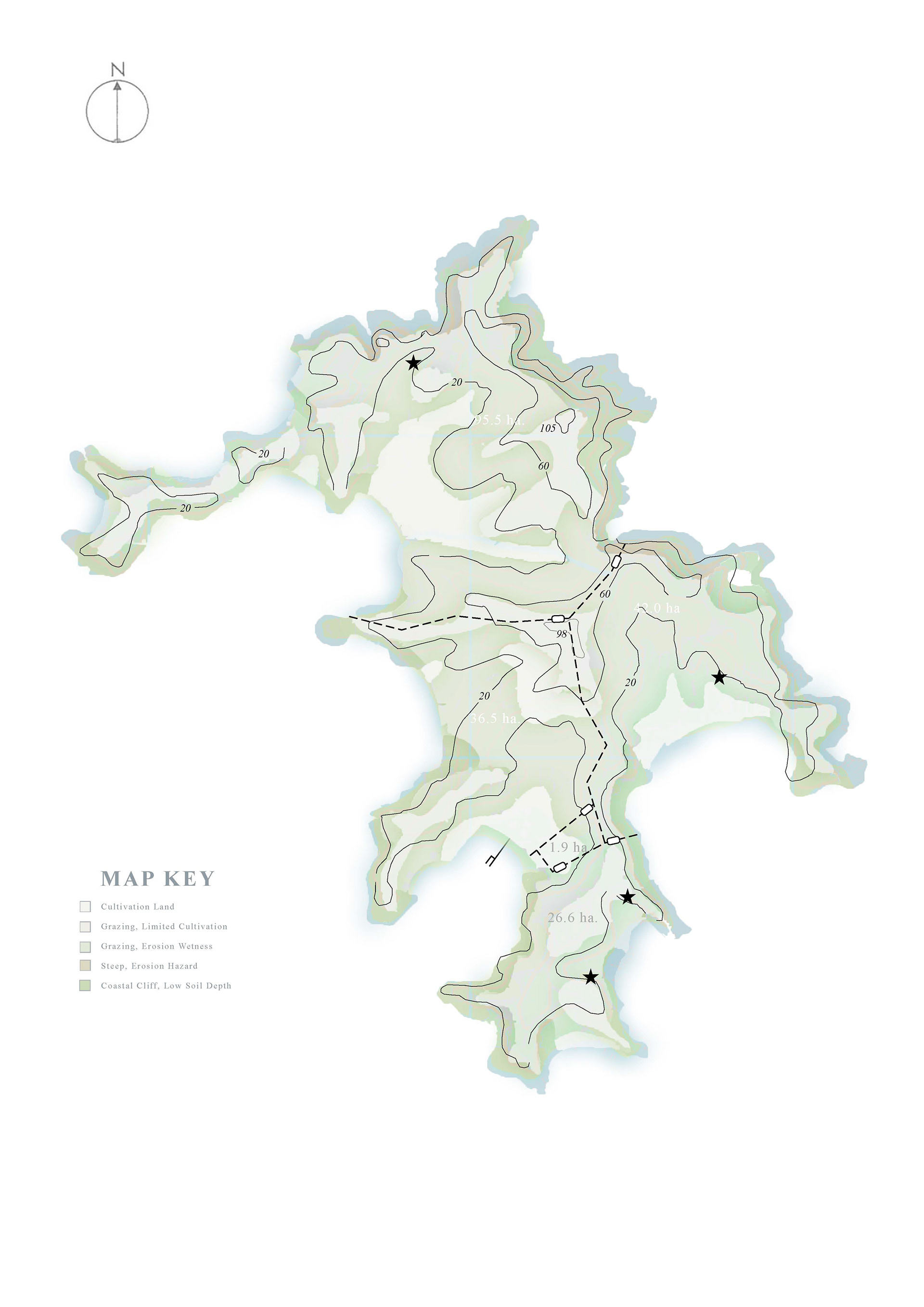
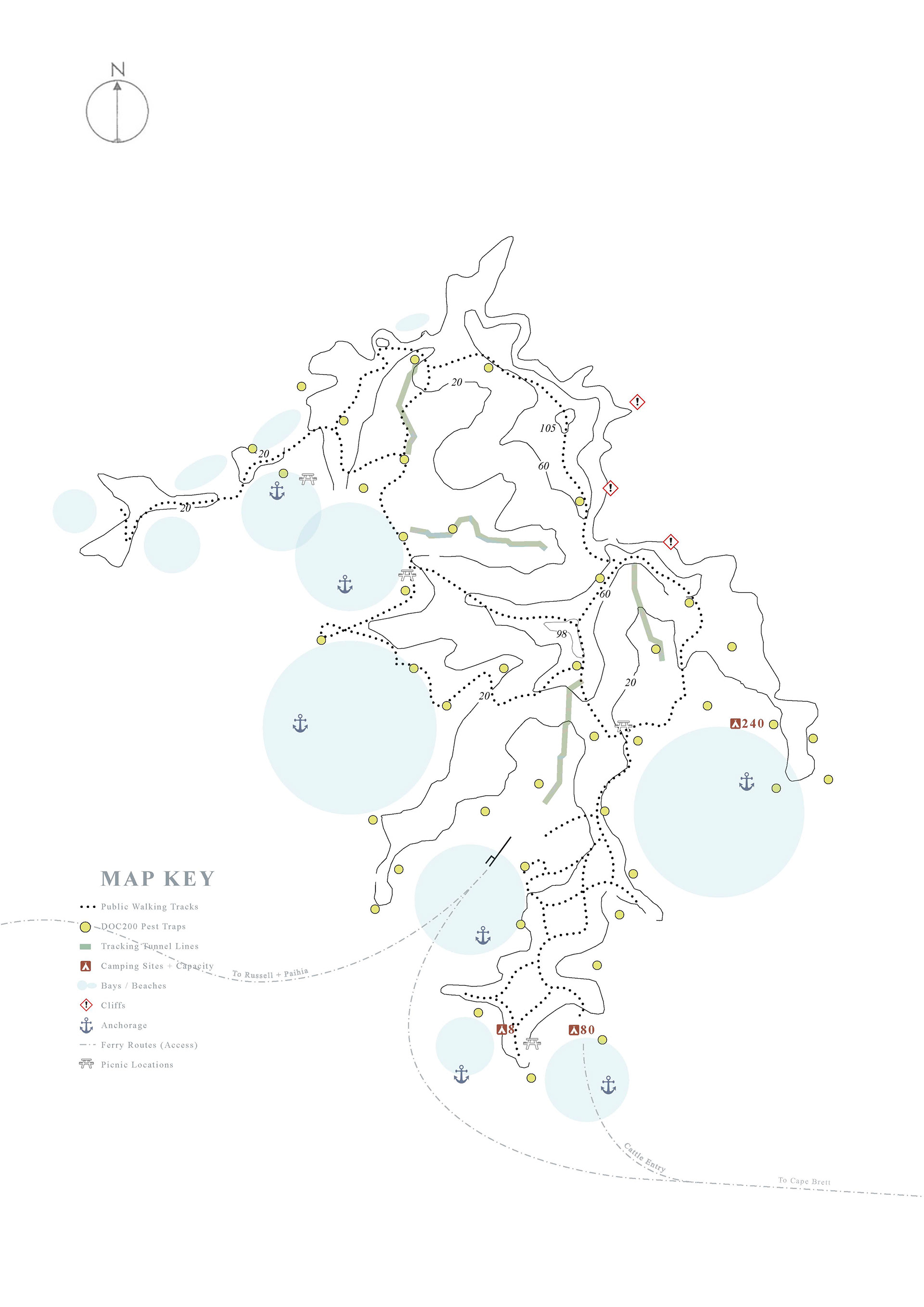
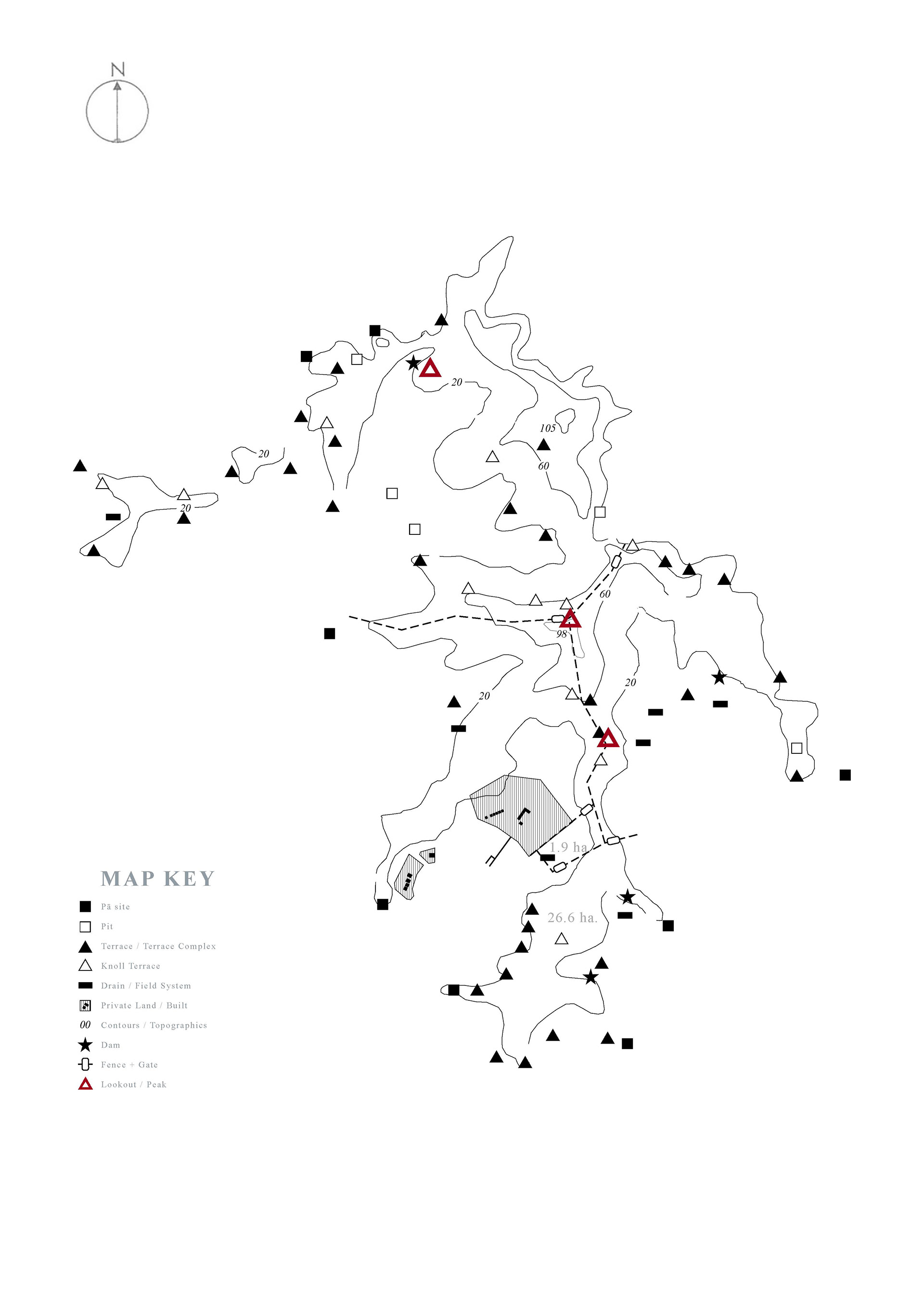
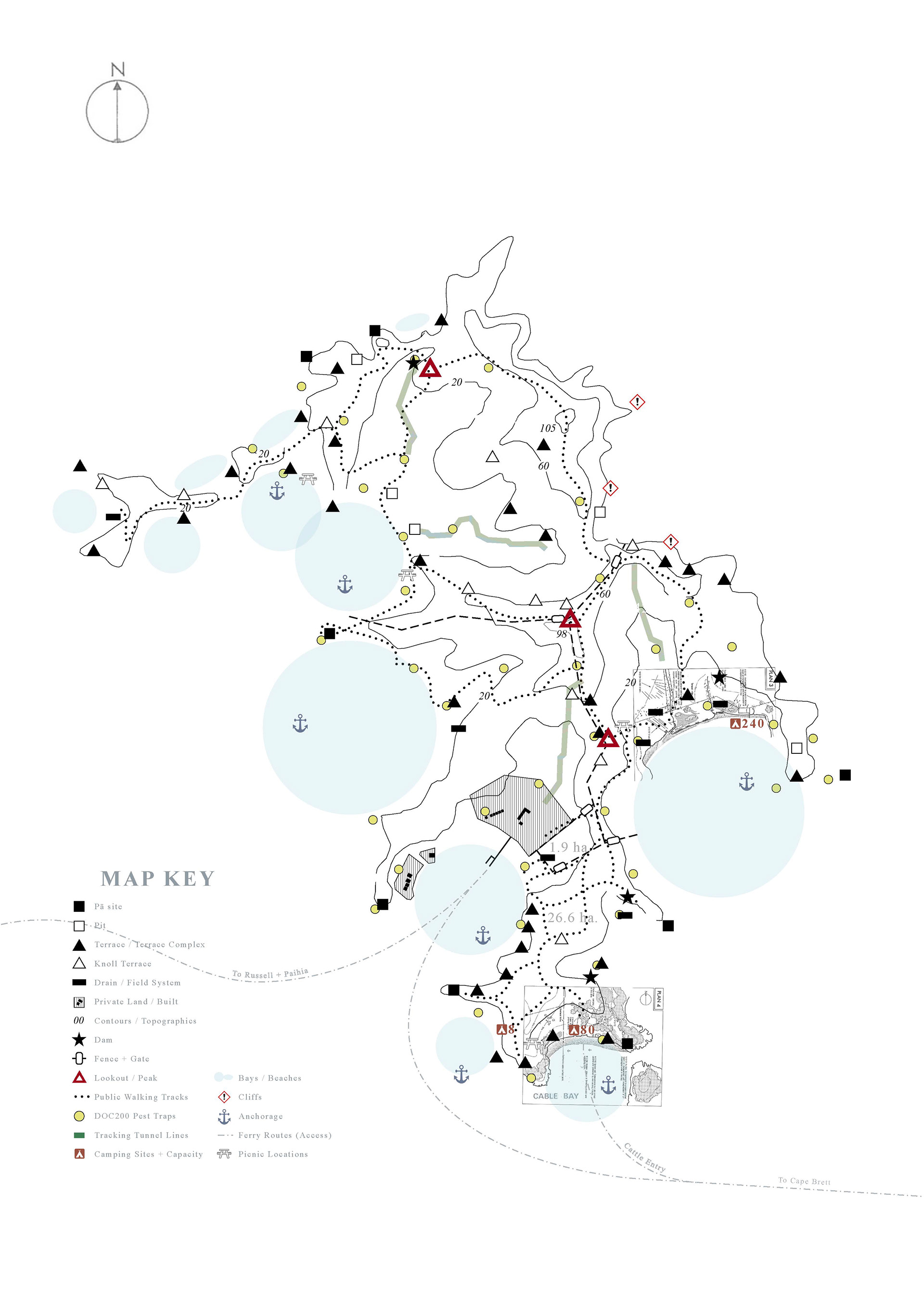
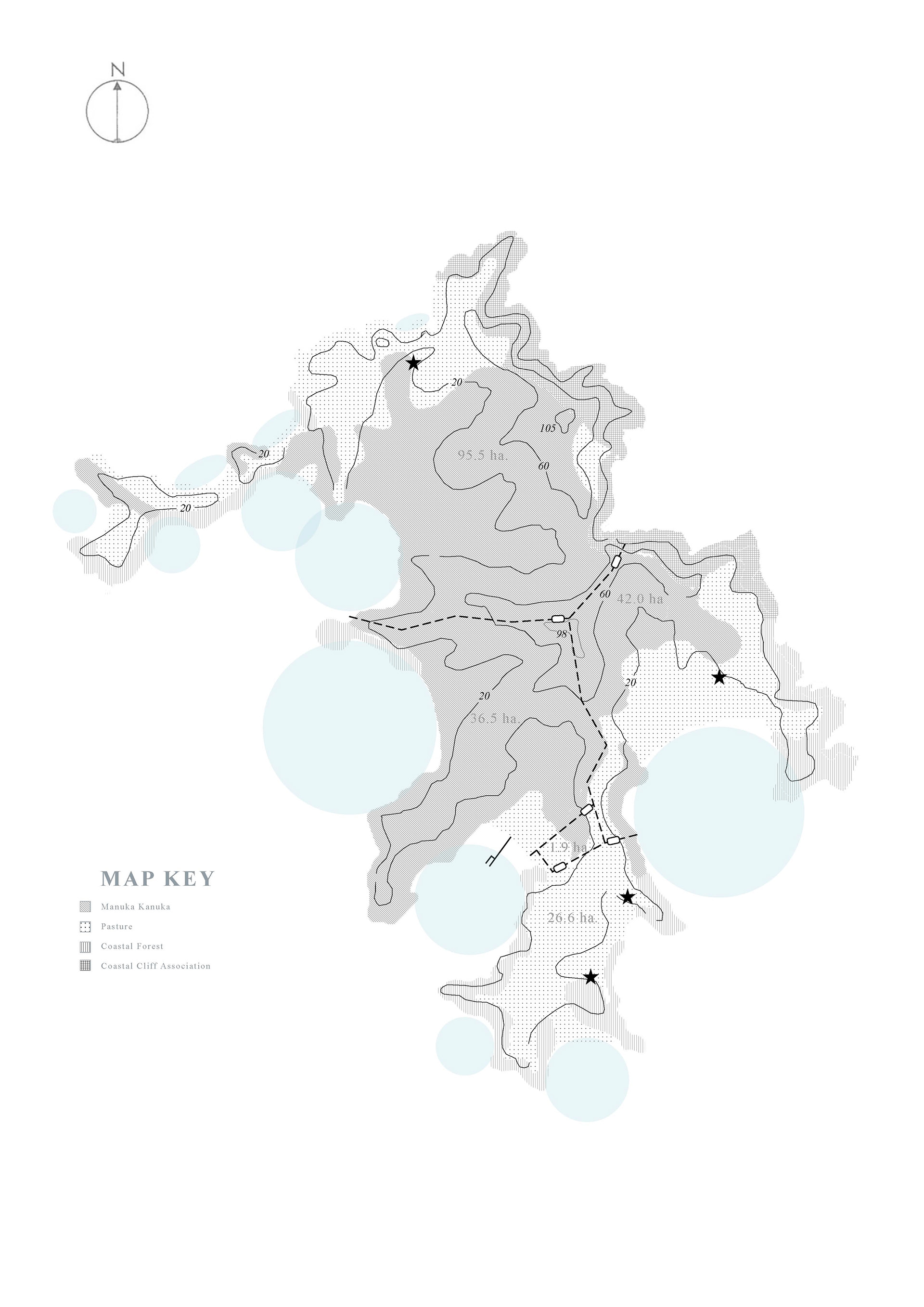
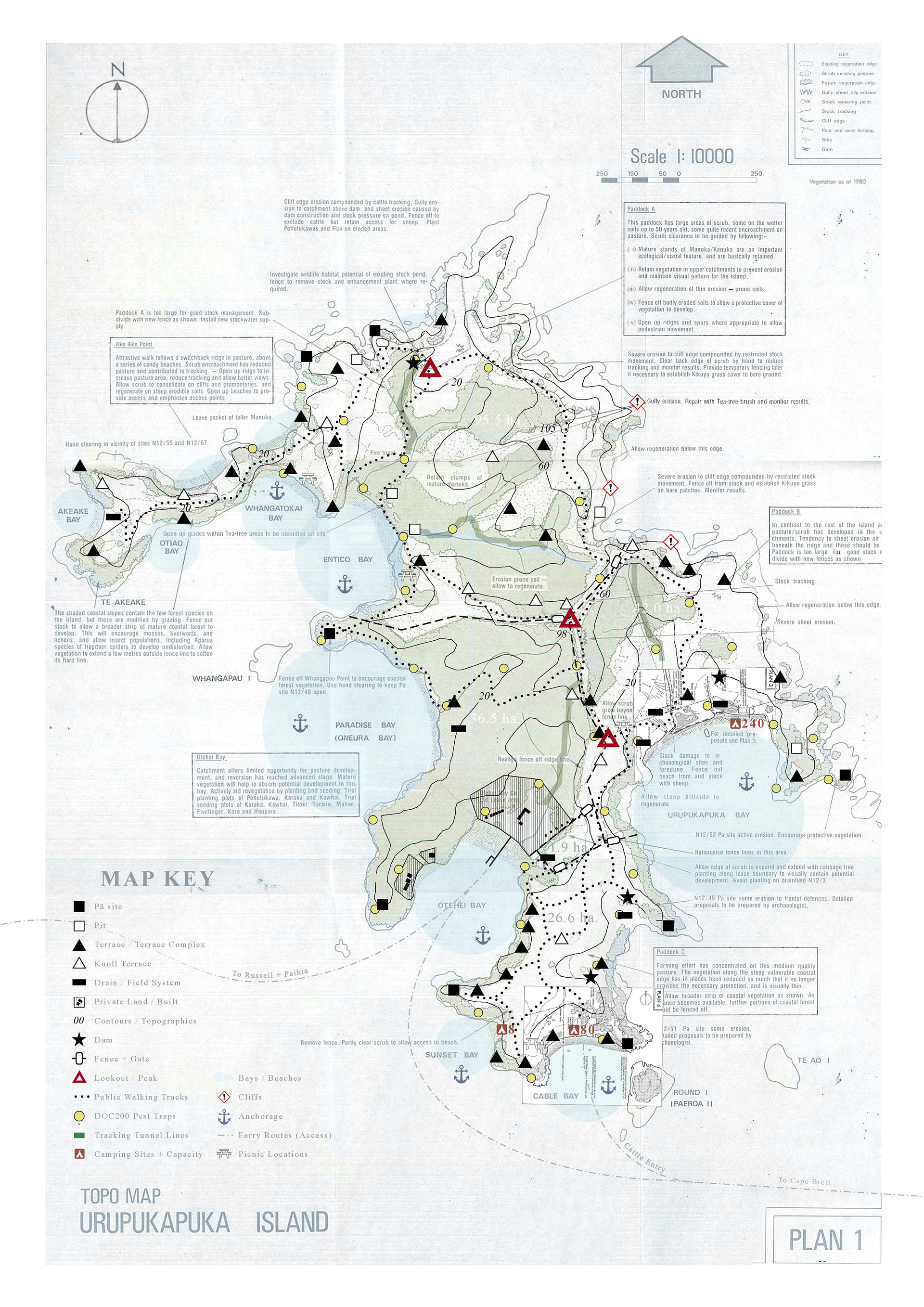
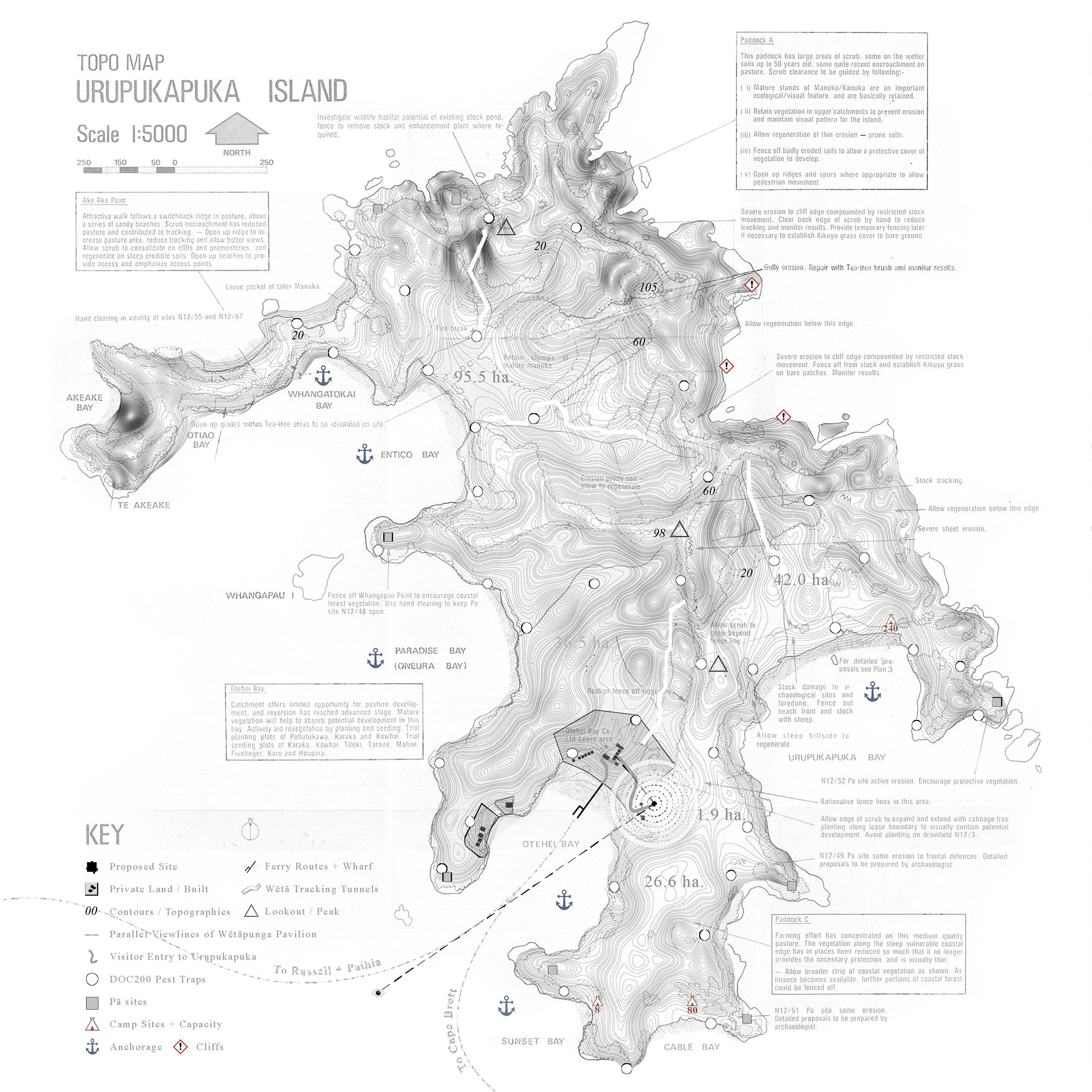
Mapping the various overlays of Urupukapuka Island. Using data collected over the last 50 years along with hand-drawn maps to create a digitally superimposed collage of layers.
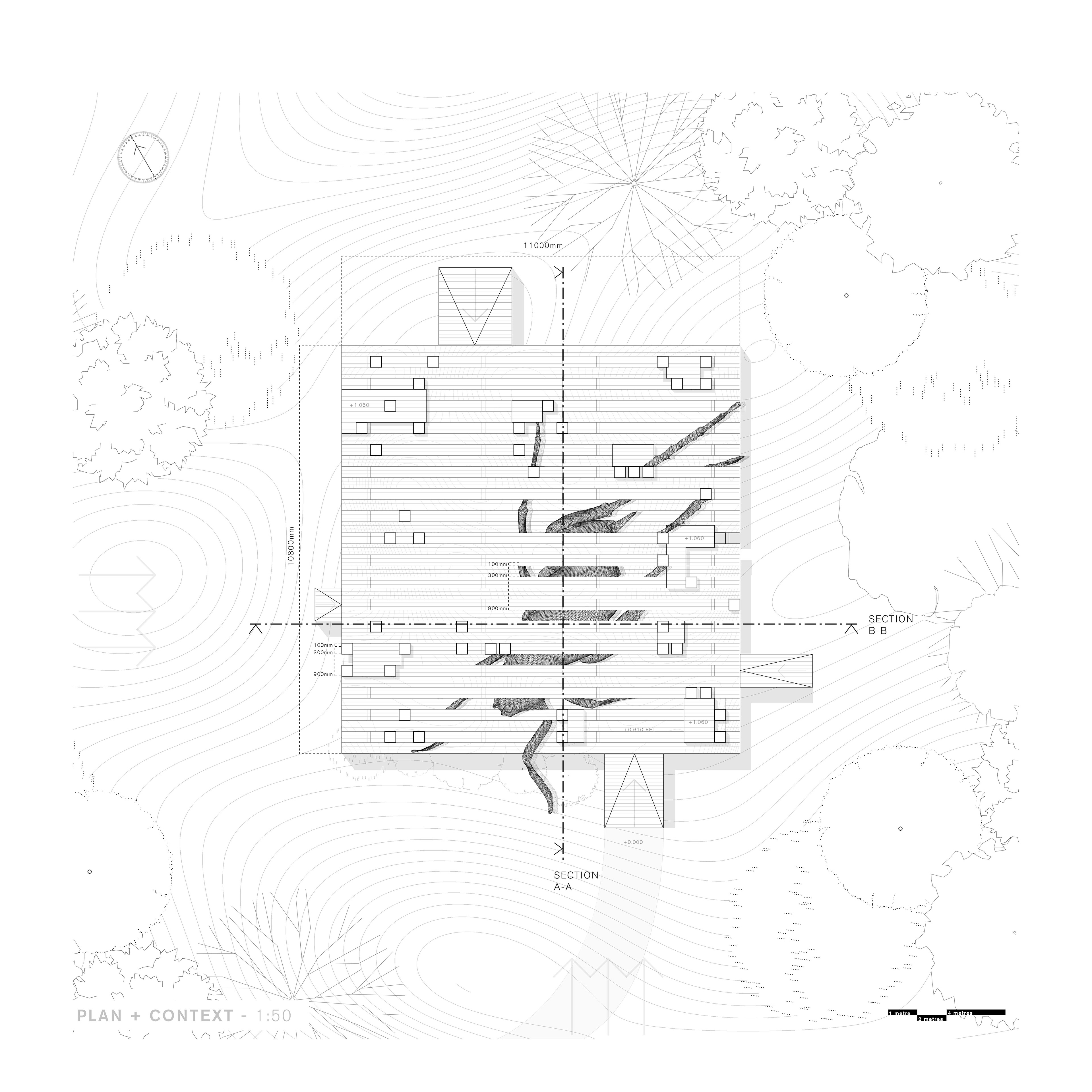
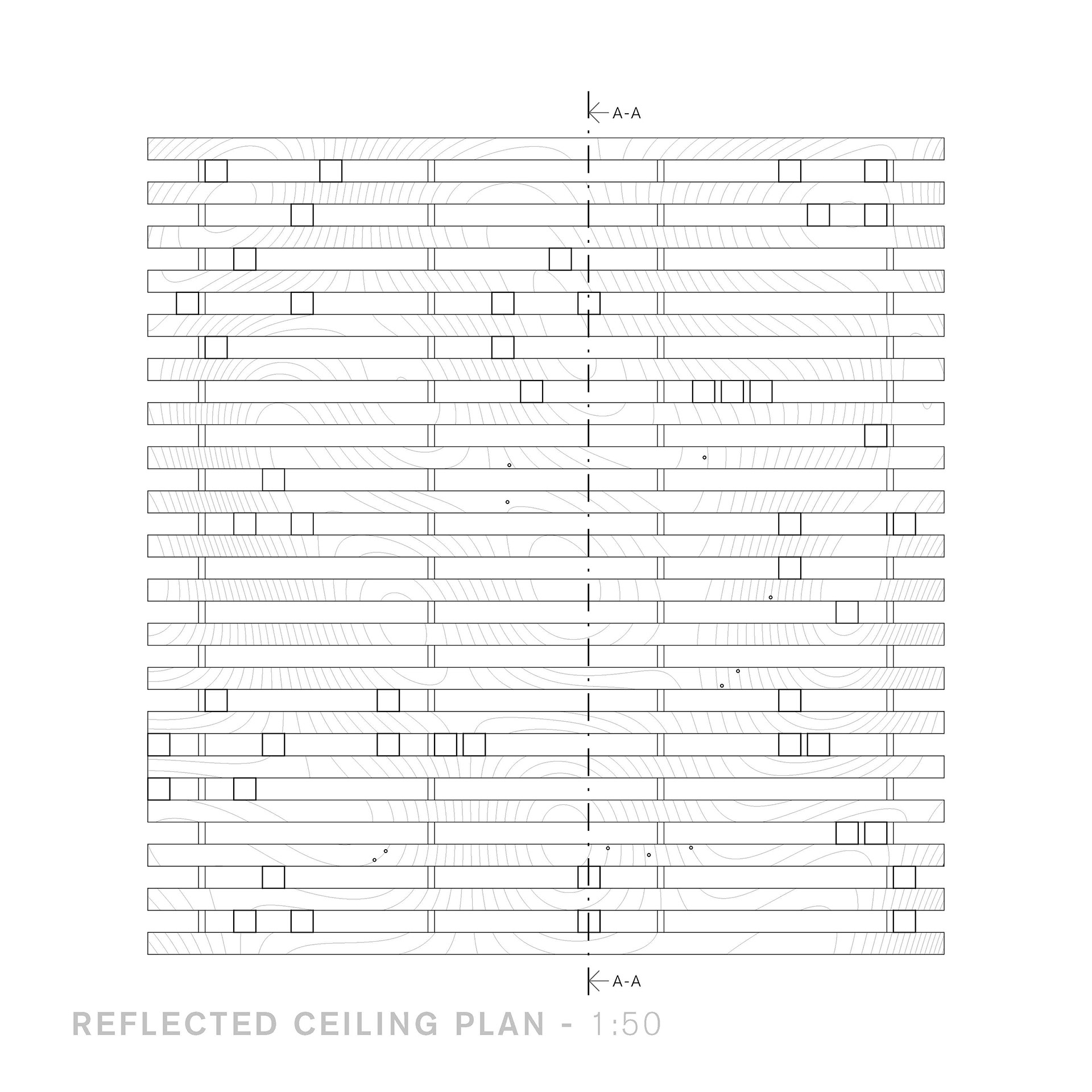
In Plan view, an array of columns emulate the irregular density of the forest, whilst a large scale weta is spliced by the planes of the overhead roof to appear part of the collective architecture.
The elevations demonstrate how the spliced weta appears whole due to the densely arrayed columns. The weta appears to hug the form of the undulating roof, with its' legs reaching towards the ceiling as if burrowed under a pile of fallen leaves.
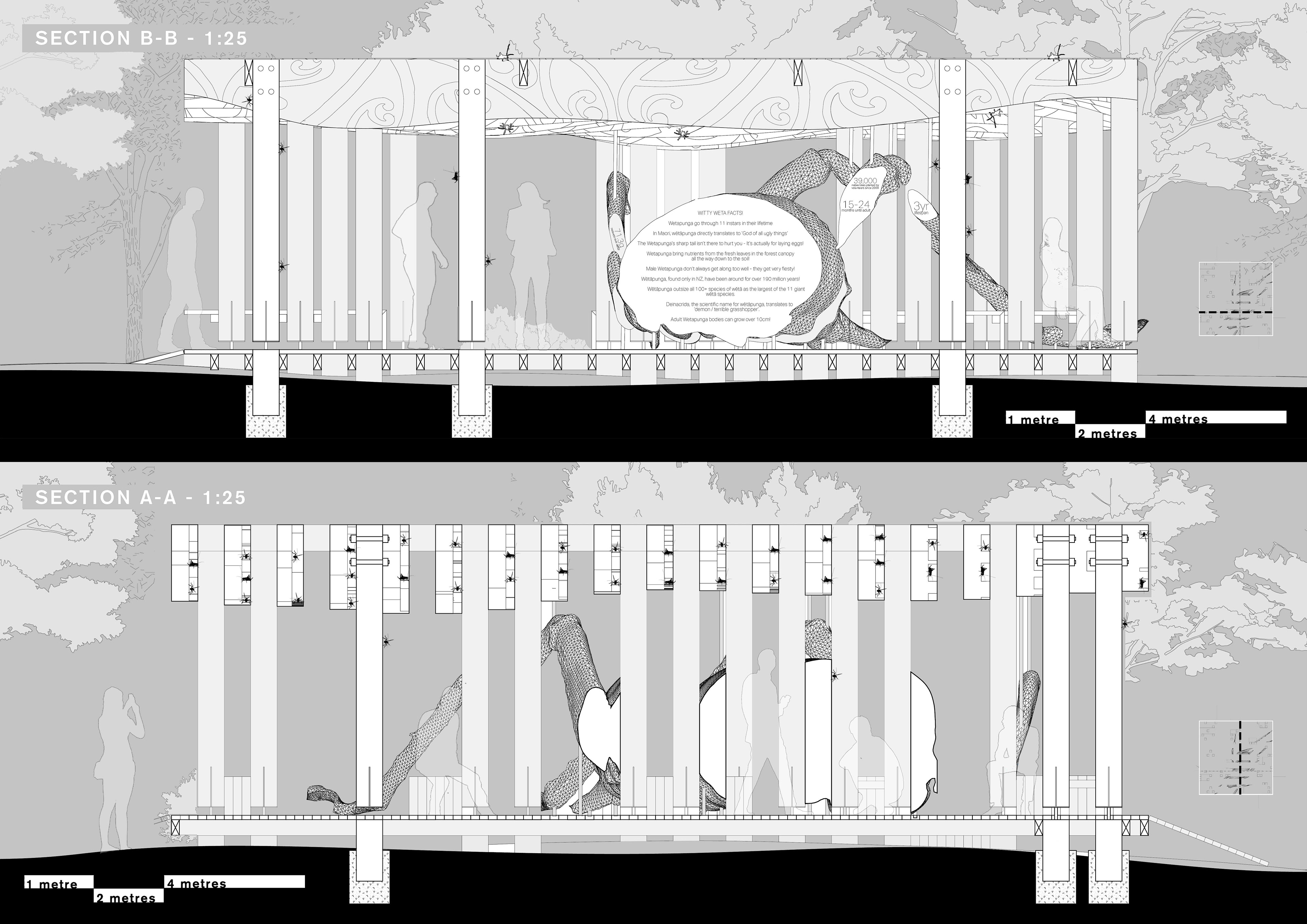
The sections illustrate how the form is broken down upon closer inspection: The seemingly-whole weta is split into various faces, with each face containing information boards that tell us about the story of the weta on Urupukapuka and the story of Project Island Song. The weta becomes part of the architecture, equally an obstruction to the space as well as a passive space of planes that can be mingled with by all visitors of the island.
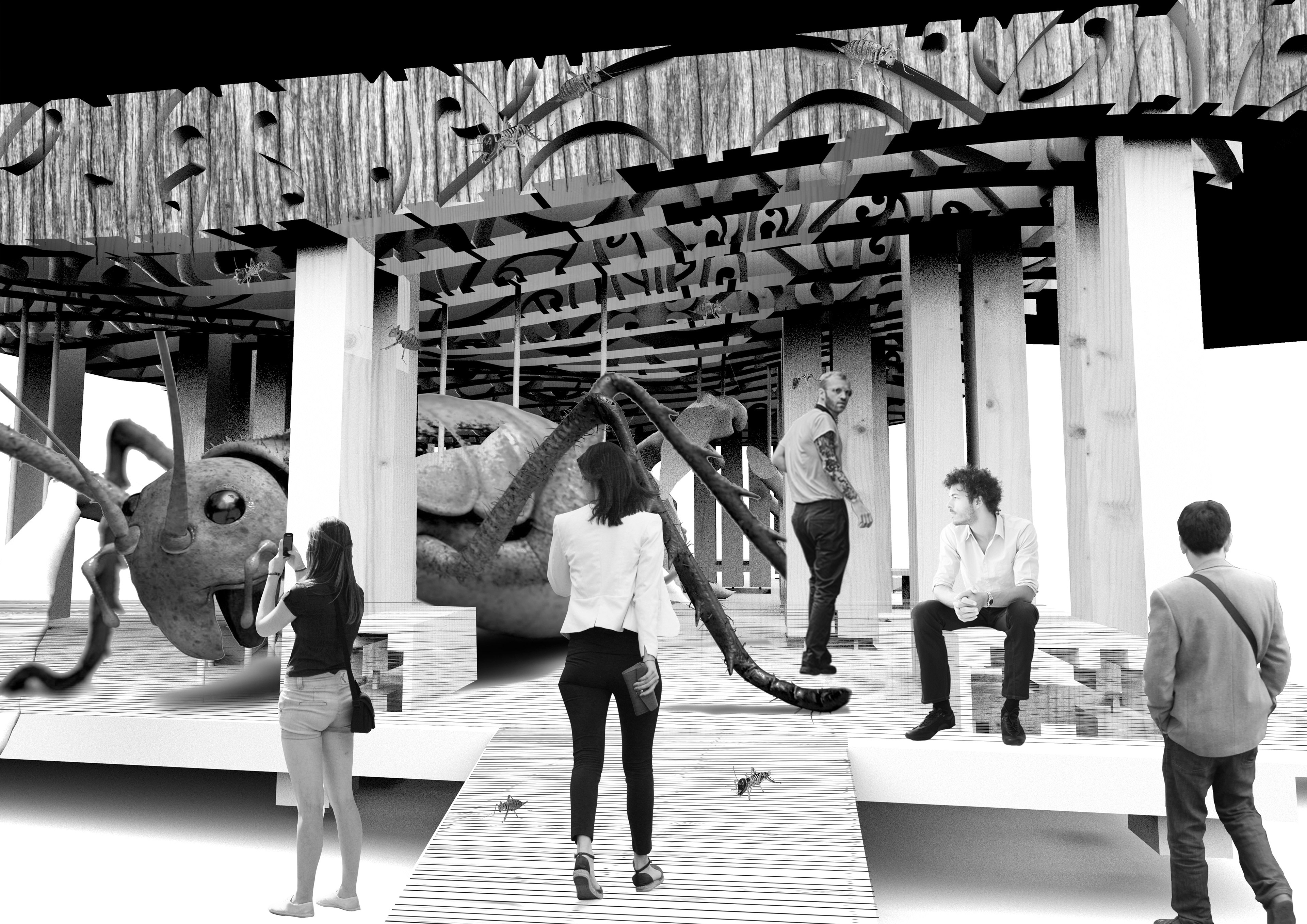
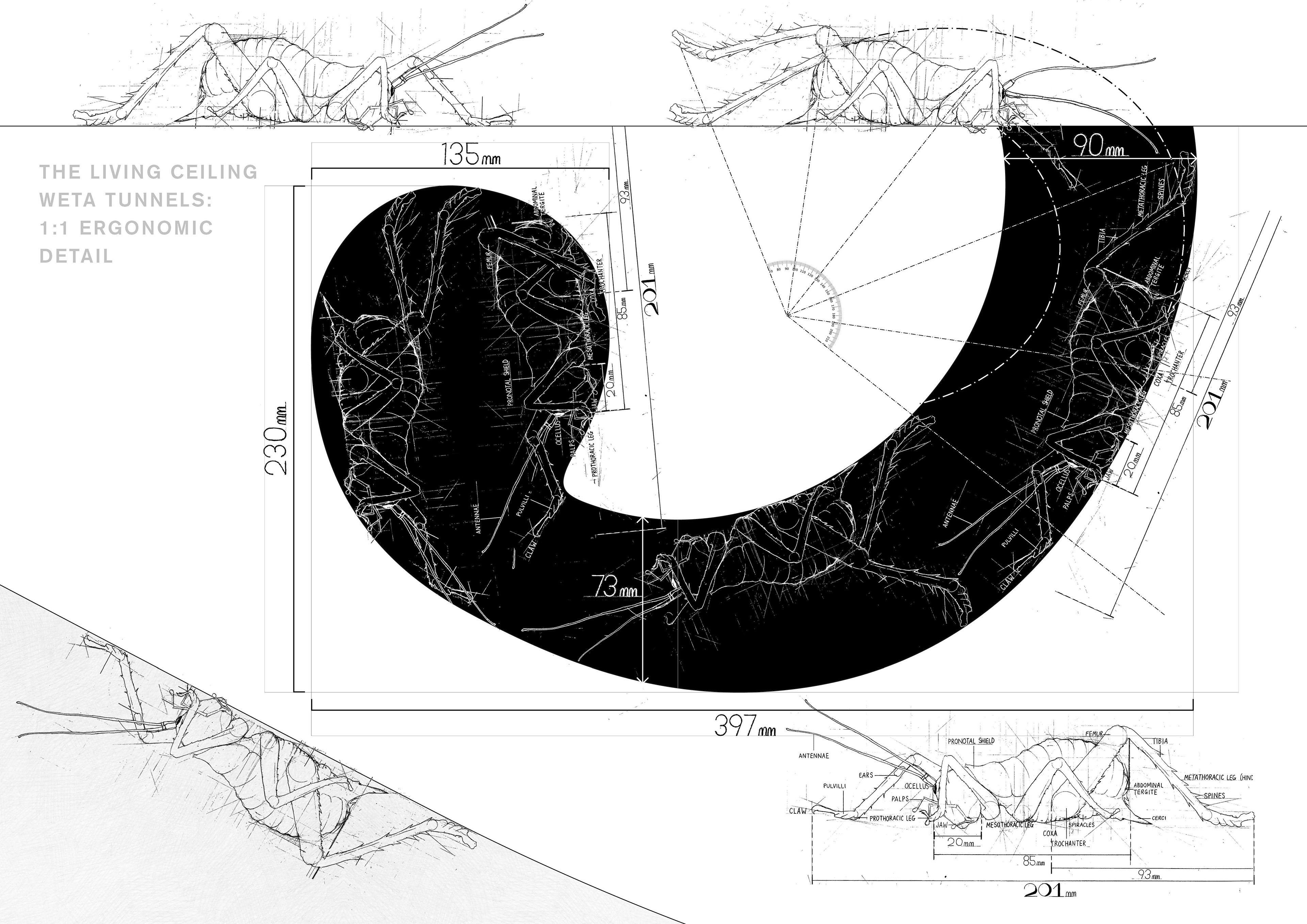
The kowhaiwhai patterns engrained in the timber roof members aren't merely adornment: These patterns create pathways for the wetapunga of Urupukapuka island to live within; emulating the weta motel typology on a communal scale for an interconnected weta community. These kowhaiwhai patterns would be carved by local craftsmen and designed by local maori artists, furthering the sense of community engagement in this project.
